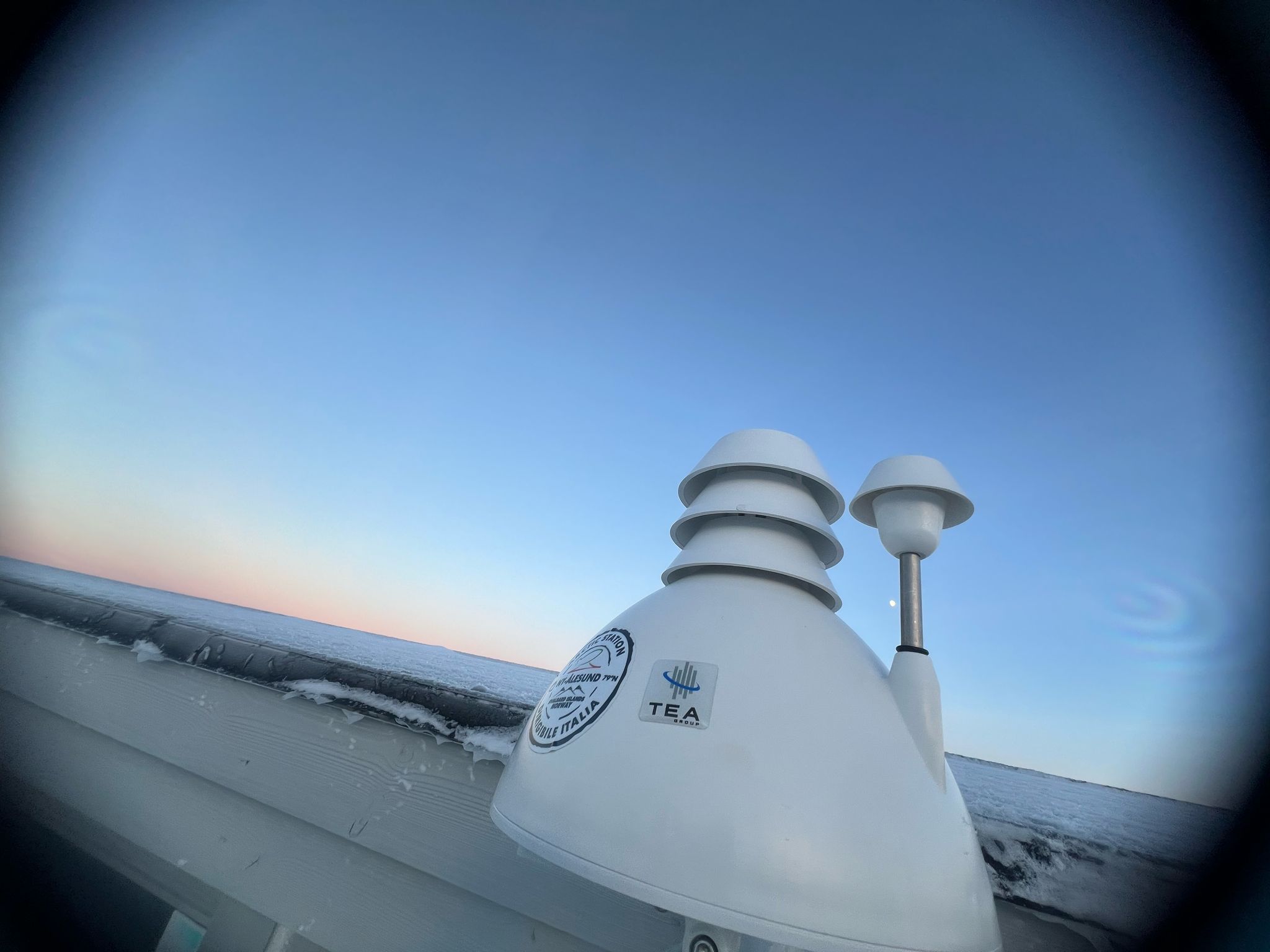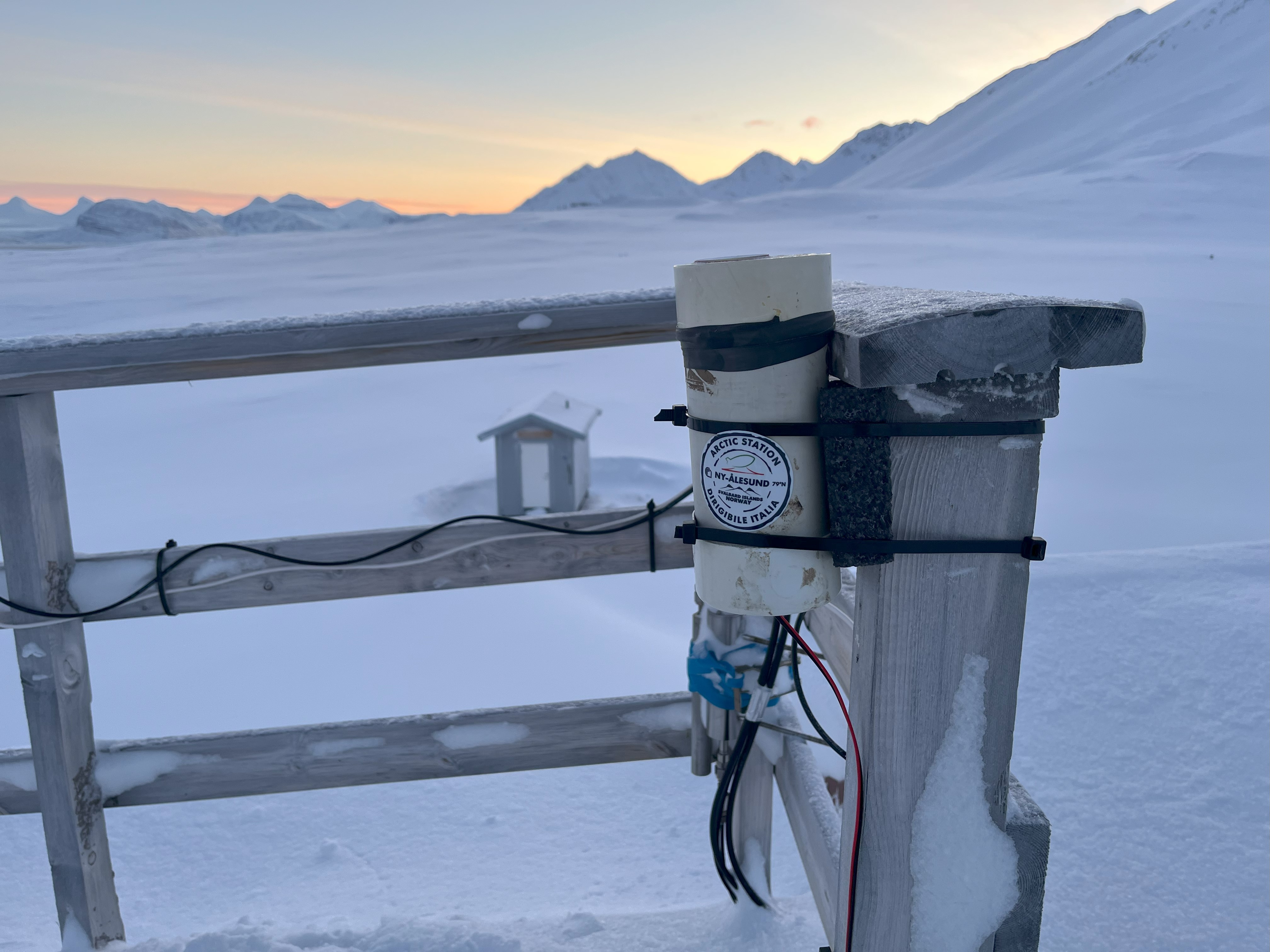Organization of Metadata Creator
Type of resources
Available actions
Topics
Keywords
Contact for the resource
Provided by
Years
Formats
Representation types
Update frequencies
status
Scale
-
Continuous physical-chemical monitoring (1 measurement each 15 min) performed by a CTD probe and a turbidity sensor installed at the Bayelva river near the new bridge. Measurements are carried out during summer period, from the beginning of the melting season to beginning of autumn when the water start freezing.
-
Sampling of PM10 aerosol using a cascade impactor to define the chemical composition in six different size stages. The quartz filters were extracted with ultrapure water and water soluble species were determined: major ions, MSA, carboxylic acids, amino acids, sugars, phenolic compounds, and other organic water-soluble emergening pollutants.
-
Atlantification of Arctic ocean is causing a sharp increase in temperature and salinity around Svalbard Islands and in Kongsfjorden. Such phenomenon and the input of sediment-rich glacial meltwater influence salinity, water column turbidity, and light penetration with ecological implications on the microbial features.
-

The AUXMON (AUXiliary MONitoring) project aims at providing a continuous monitoring of auxiliary variables useful to support investigation of Arctic atmospheric composition, temperature, humidity. A small network of 4 AIRQino station is the core infrastructure of the project. Three of these stations are positioned outdoors, one (station id 266) is placed inside the italian base. Specifically, the AIRQino stations are low-cost sensors providing information about the concentration of CO2, gaseous pollutants, particulate matter, air temperature and relative humidity.
-

The AUXMON (AUXiliary MONitoring) project aims at providing a continuous monitoring of auxiliary variables useful to support investigation of night-sky brightness. Sky-Quality Meters (SQM) sensors are one of the core infrastructure of the project. They are low-cost sensors for measuring night sky brightness.
-
The AUXMON (AUXiliary MONitoring) project aims at providing a continuous monitoring of auxiliary variables useful to support investigation of night-sky brightness. Sky-Quality Meters (SQM) sensors are one of the core infrastructure of the project. They are low-cost sensors for measuring night sky brightness.